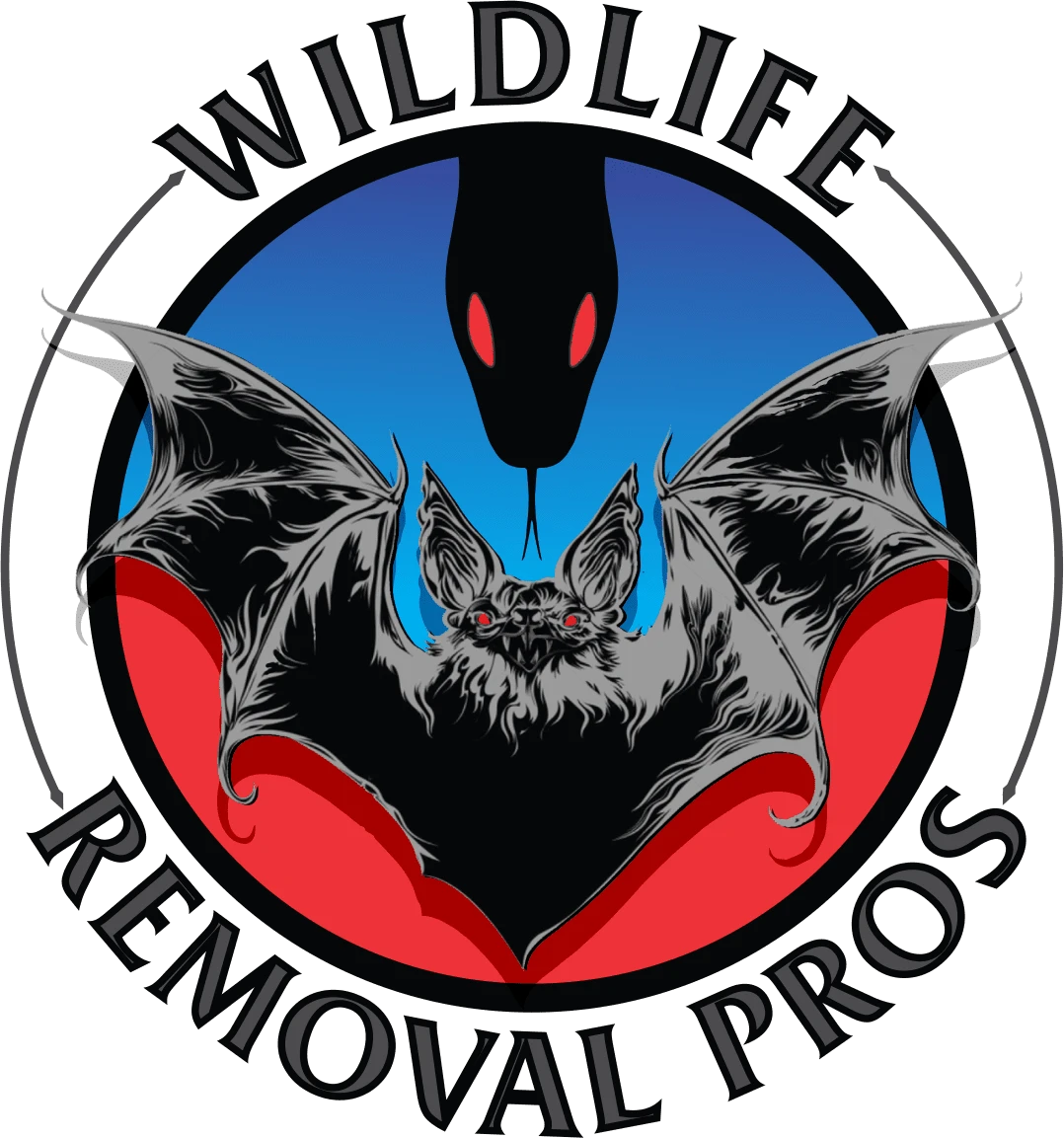Personal Protection Measures When Cleaning Bat-Infested Areas
As a wildlife control professional in Lexington, Kentucky, I understand the importance of personal protection when dealing with bat-infested areas. Bats can carry various diseases, including rabies, histoplasmosis, and cryptococcosis, making it crucial to take appropriate precautions. In this article, I will outline the essential personal protection measures that should be followed to ensure the safety of both professionals and clients.
Understanding the Risks
Prior to entering any bat-infested area, it’s crucial to be aware of the potential risks involved. Bats can transmit diseases through bites, scratches, or through their droppings, known as guano. Inhaling bat guano can lead to respiratory issues, particularly if it contains the fungus responsible for histoplasmosis. Understanding these risks is essential for implementing the appropriate personal protection measures.
Wearing Protective Clothing
When entering bat-infested areas, wearing the right protective clothing is vital. Professionals should wear long-sleeved shirts, pants, and gloves made of thick material to minimize the risk of exposure. Additionally, a hat, safety goggles, and a respirator mask should be worn to protect the face and respiratory system from potentially harmful particles.
Proper Handling of Tools and Equipment
When cleaning bat-infested areas, it’s important to handle tools and equipment correctly to prevent contamination. All equipment, such as nets, traps, and cages, should be properly disinfected and cleaned after each use. This reduces the risk of spreading diseases to other areas or potentially infecting future clients’ properties. Additionally, disposable gloves should be used when handling any bat-related materials to avoid direct contact.
Implementing Effective Ventilation
Ensuring proper ventilation in bat-infested areas is crucial for minimizing the risk of inhaling harmful particles. Professionals should use fans or other ventilation equipment to create a flow of fresh air and remove any potentially contaminated air. This practice helps reduce the concentration of airborne pathogens and enhances overall safety during the cleaning process.
Using Disinfectants and Cleaning Solutions
Thoroughly cleaning and disinfecting bat-infested areas is essential to eliminate any potential health hazards. Professionals should use appropriate disinfectants and cleaning solutions to sanitize surfaces, walls, and floors. It’s important to choose products that are effective against bat-related pathogens, such as those recommended by the Centers for Disease Control and Prevention (CDC).
Safe Waste Disposal
Proper waste disposal is a critical step in maintaining personal protection during bat-infested area cleanups. All materials, including guano, bat carcasses, and contaminated cleaning supplies, should be carefully collected and placed in leak-proof bags. These bags should then be disposed of in accordance with local regulations and guidelines to prevent any potential environmental contamination.
Regular Medical Check-ups
Given the potential health risks associated with bat-infested areas, wildlife control professionals should prioritize regular medical check-ups. Professionals should consult with their healthcare provider to discuss potential exposures and schedule appropriate screenings or vaccinations, such as the rabies vaccine. This proactive approach ensures early detection of any potential health issues and allows for timely intervention.
In conclusion, when cleaning bat-infested areas, personal protection measures are of utmost importance. As wildlife control professionals in Lexington, Kentucky, we prioritize the safety of both our team and clients. By following these recommended measures, we can effectively mitigate the risks associated with bat-related diseases and ensure a safe environment for everyone involved.
